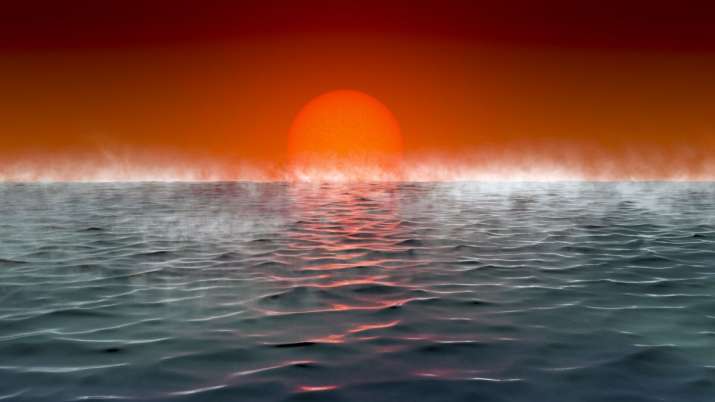With so much focus on access to space and space travel, people seem to have sidelined the concept of aliens. Especially with the buzz around space tourism, this seems to be the only topic of discourse when one talks about extraterrestrial experiences.
Scientists and researchers suggest that search for alien life should not be stopped. With the advent of technology and more accessibility, this search can be broadened further. They have been looking for signs of life in the planets that are similar to the earth. This seems like a plausible place to look for life as we only know this atmosphere and topography to support life.

However, new research shows that it is possible for aliens to live on planets that are not like the earth. They are, in fact, called exoplanets. They are the Hycean planets that are characterized by massive oceans of liquid water beneath hydrogen-rich atmospheres. These bodies are present in abundance throughout the milky way. They are claimed to support microbial life similar to the “extremophiles.” This was suggested by Nikku Madhusudhan, of the Institute of Astronomy at the University of Cambridge in England.
It was published in The Astrophysical Journal on 25th August 2021 that these Hycean planets have the characteristics that lie between super-Earths and mini-Neptunes. These places have extreme and harsh conditions. However, scientists suggest that life can be conveniently supported even in the nightside waters of tidally-locked worlds. It was further explained by the co-author Anjali Piette, also from Cambridge’s Institute of Astronomy.
Signs of life and actual life could be searched for in these areas by new innovative technologies like NASA’s $9.8 billion James Webb Space Telescope. Scientists are suggested to be more open to the idea of living in places not heard of before.


